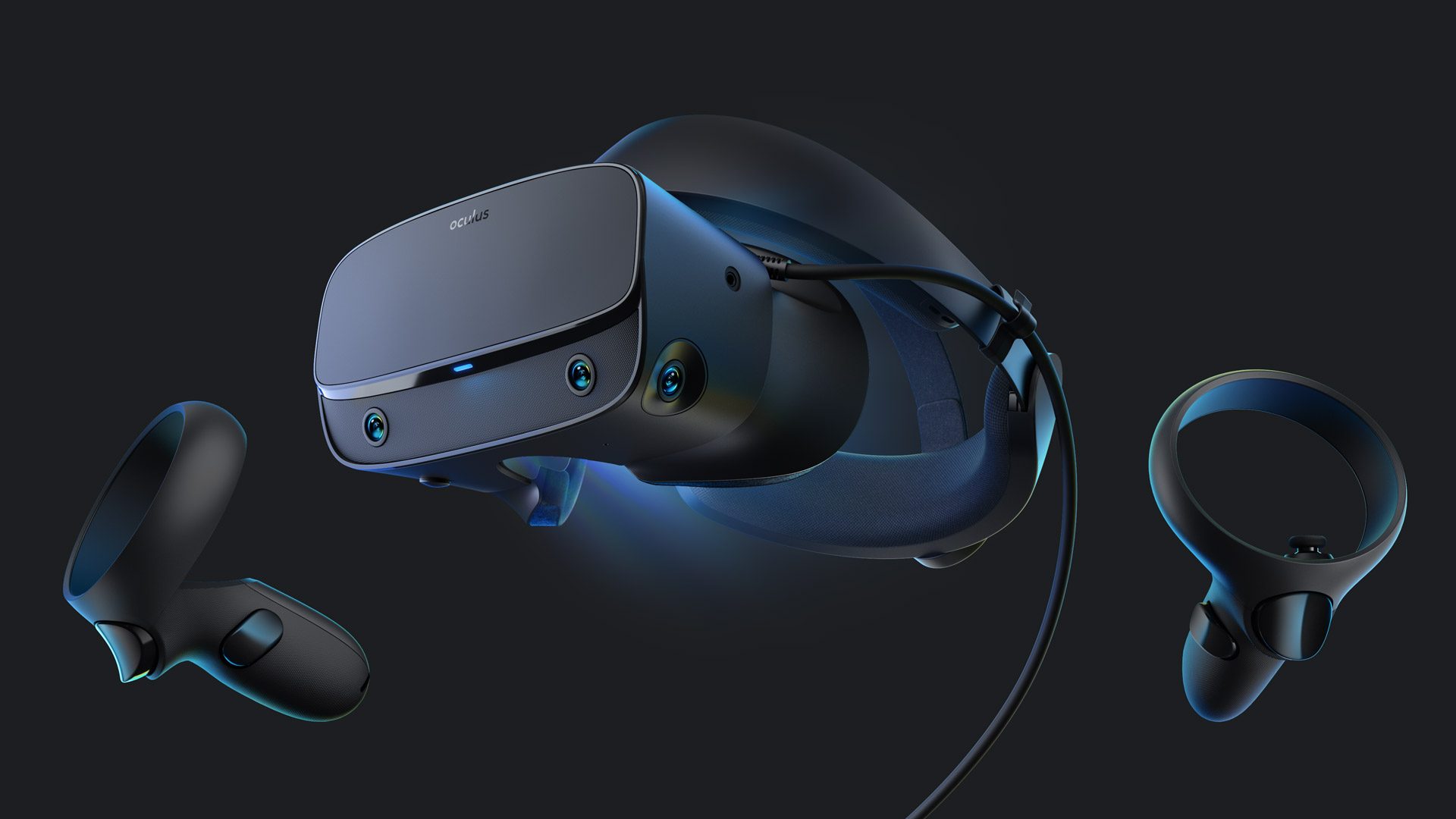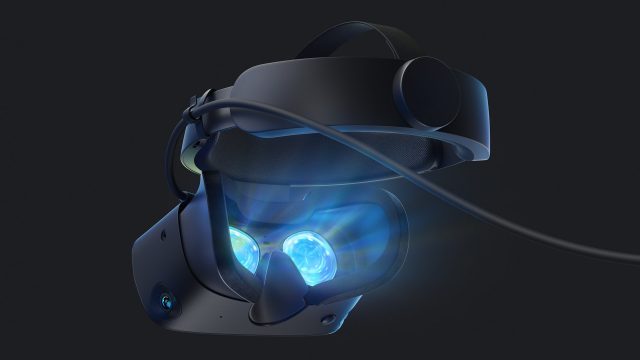While to some Oculus’ announcement of the Rift S represents the newest and best version of a good VR headset, to others it’s a far cry from what they hoped Oculus would be able to deliver three years after the first Rift. Facebook’s top priority with Rift S is clear: jumpstart a sustainable ecosystem for developers, even if that means drawing ire from its base of loyal enthusiasts.
The Oculus Rift S announcement made its way to the front page of most major tech blogs yesterday, and the tone was pretty straightforward: ‘The new Oculus headset is here, it works better, there’s cool content, and it’s a pretty attractive package at $400’.


Find your way into any VR enthusiast haunt however, and you’ll find an entirely different narrative about a headset that doesn’t go far enough (or in some cases is a ‘step backward’).
‘Damo9000’, a regular around the Oculus Subreddit, always seems to find the right moment to capture a snapshot of that community’s sentiment with a satirical ‘front page’ clipping of a fictional tabloid. Today’s edition is filled with community in-jokes, but is ultimately underscored by a painful reality: Rift S was not made for Oculus’ most passionate fans.


For Facebook, it’s a calculated move, made clear by the headset’s naming scheme: ‘This is Rift S, not Rift 2′.
But for many of those hardcore fans (some of whom have been rooting for Oculus and its vision since before it was acquired by Facebook) the moniker that comes after ‘Rift’ doesn’t matter—it doesn’t change the fact that this is the first new PC VR headset from Oculus in three years. And it doesn’t change the fact that those fans have patiently waited and watched as Facebook and Oculus talked about their commitment to VR and all the resources and R&D going toward the tech—only to announce something that feels more like a tune-up than The Future™.
But Rift S isn’t for those enthusiasts. It’s for developers.
Not in the sense that Rift S is a development kit, but in the sense that Facebook knows that it must build a sustainable developer ecosystem or VR will come crumbling down. Specs that excite enthusiasts might sell headsets to True Believers®, but content drives usage, and Facebook can only pour so many hundreds of millions of dollars into content—eventually the ecosystem has to stand on its own.
So while Rift S isn’t for enthusiasts, Facebook believes that they are making the right choice for those enthusiasts in the long term—by ensuring the survival of the ecosystem—so that it can one day deliver The Future™ that enthusiasts crave. Facebook wagers that Rift S, with its price point and improvements, is their best shot at growing the ecosystem so that developers can take root and eventually thrive.
But it is a wager. Facebook is trading on the good will of the only VR customers it currently has, for the customers it hopes it can have in the future. And there’s no guarantee that it will work.
In fact, there’s some key figures who think Facebook is making the wrong choice in exactly the opposite direction. Namely, Oculus co-founder Palmer Luckey, who left the company back in 2017, three years after selling the company to Facebook.
Late last year Luckey penned an emphatic appeal on his personal blog arguing that driving down the cost of VR would not lead to mainstream adoption; advancing the hardware and content is key, more important than just cutting costs on the same experience that’s been available for a few years now, he believes.
“You could give a Rift+PC to every single person in the developed world for free, and the vast majority would cease to use it in a matter of weeks or months,” Luckey wrote to illustrate his point. “I know this from seeing the results of large scale real-world market testing, not just my own imagination [his emphasis] – hardcore gamers and technology enthusiasts are entranced by the VR of today, as am I, but stickiness drops off steeply outside of that core demographic. Free is still not cheap enough for most people, because cost is not what holds them back actively or passively.”
Luckey tells Road to VR that his article was specifically written with Rift S in mind, among others.
Facebook’s wager on Rift S may also be why one of Oculus’ other co-founders, Brendan Iribe, unexpectedly left the company late last year. Months before the Rift S was known to the public, TechCrunch reported that Iribe left in part because of the cancellation of a ‘Rift 2’ in favor of a more modest headset which would reportedly turn out to be Rift S.
Iribe and the Facebook had “fundamentally different views on the future of Oculus that grew deeper over time,” TechCrunch reported a source saying at the time. And that Iribe wasn’t interested in a “race to the bottom” in terms of performance. Enthusiasts were quick to connect the dots.
For Facebook’s part, recent restructuring has aggressively fused Oculus with the core Facebook team, apparently in an effort to bring more central oversight and control to the VR initiative which had significantly more autonomy in prior years. With the reigns now more firmly in the hands of Facebook leadership, the Rift S aligns well with the reason that the company bought into VR in the first place—a gambit to outmaneuver Google and Apple by being the first to conquer XR.
Creating a bastion against Google and Apple—so that in XR Facebook is not subservient to those companies as they are in the mobile landscape—is the overarching goal; using Rift S as an effective lure for new customers (even if it means upsetting an enthusiast base), moves Facebook closer to that goal.

